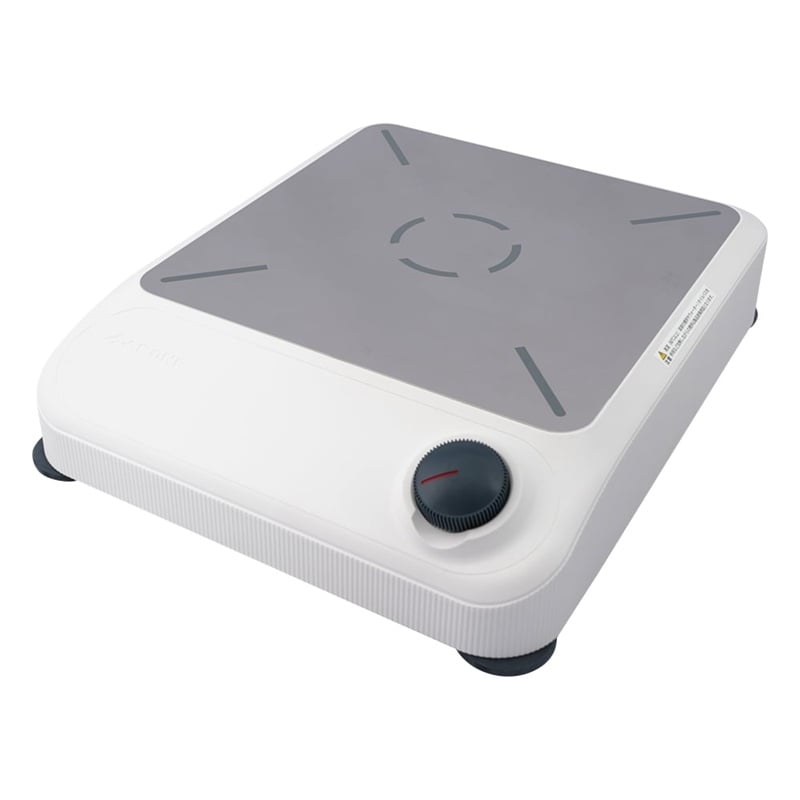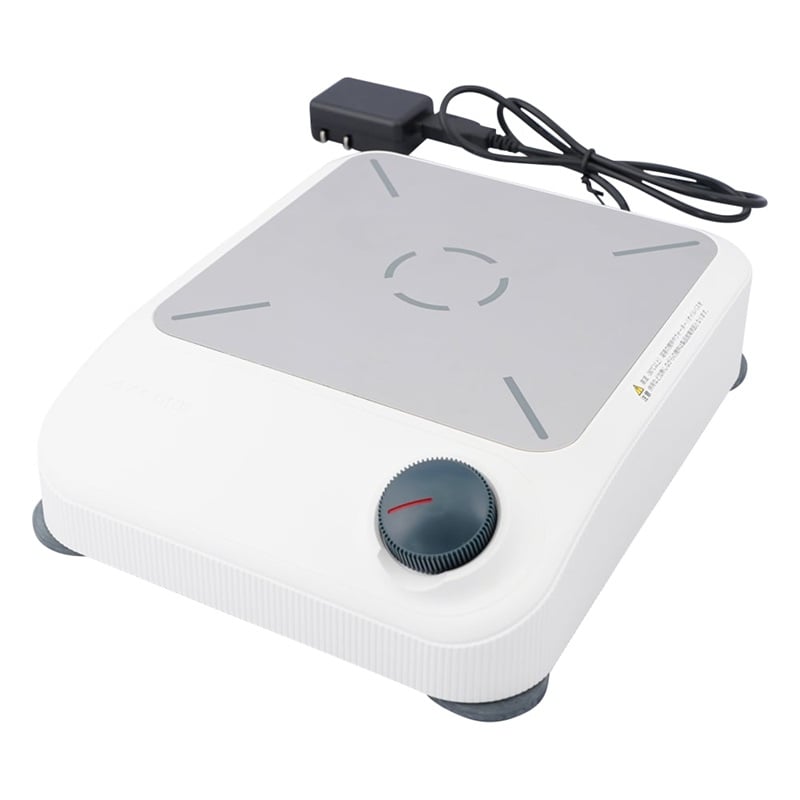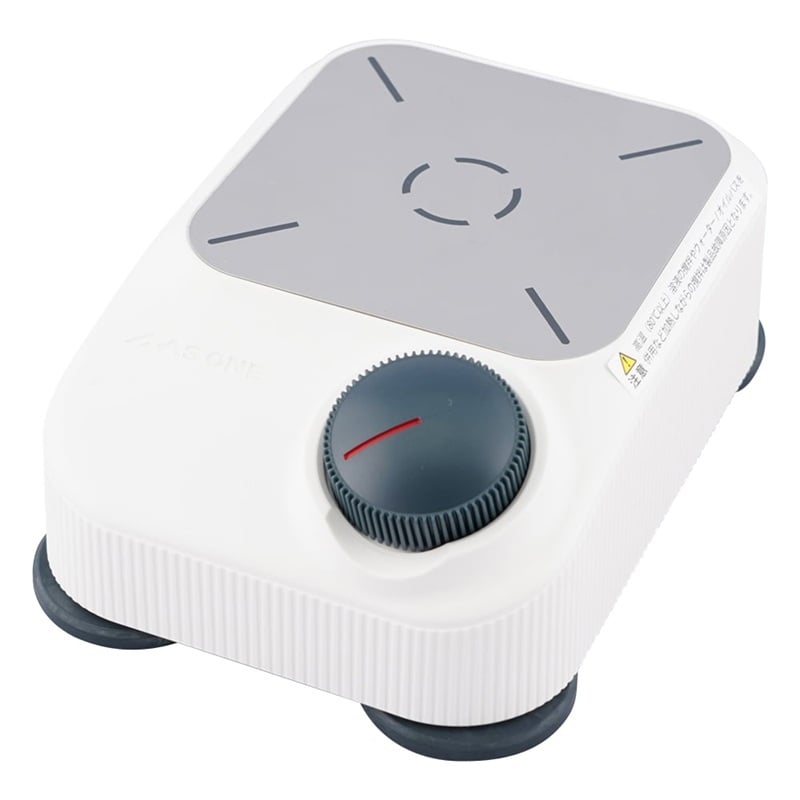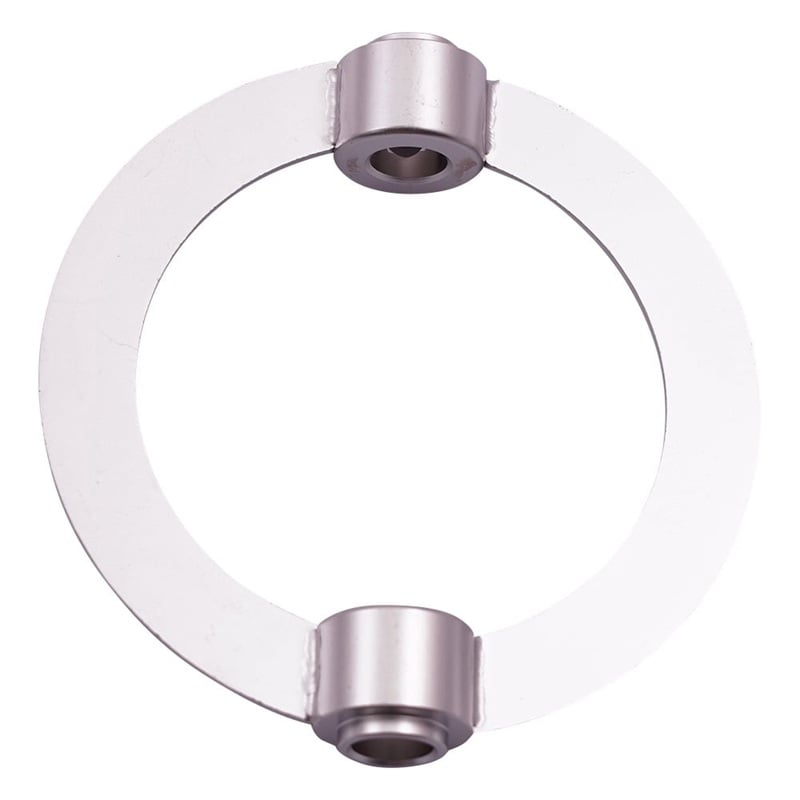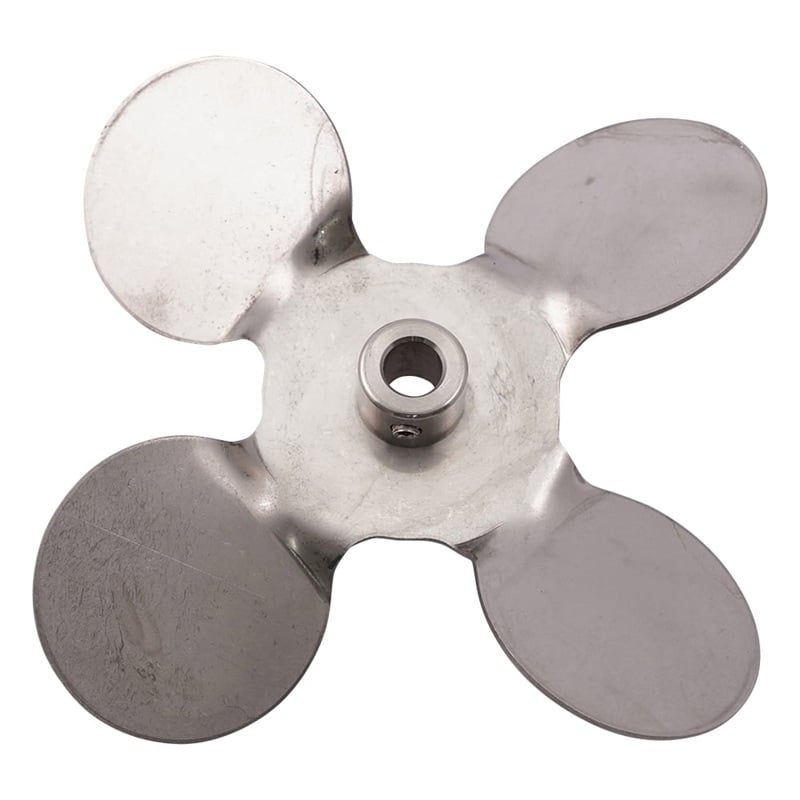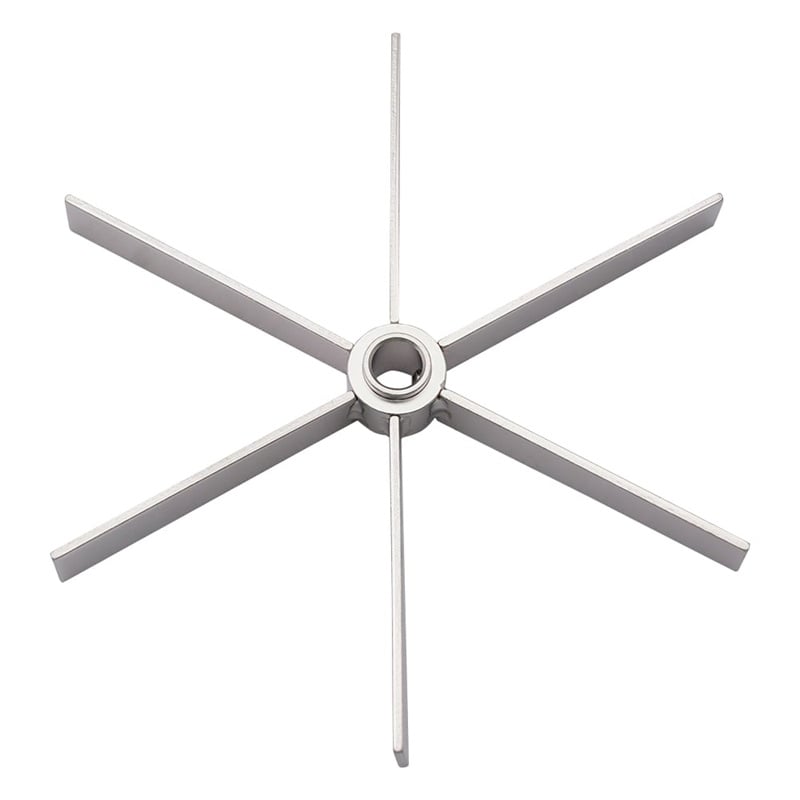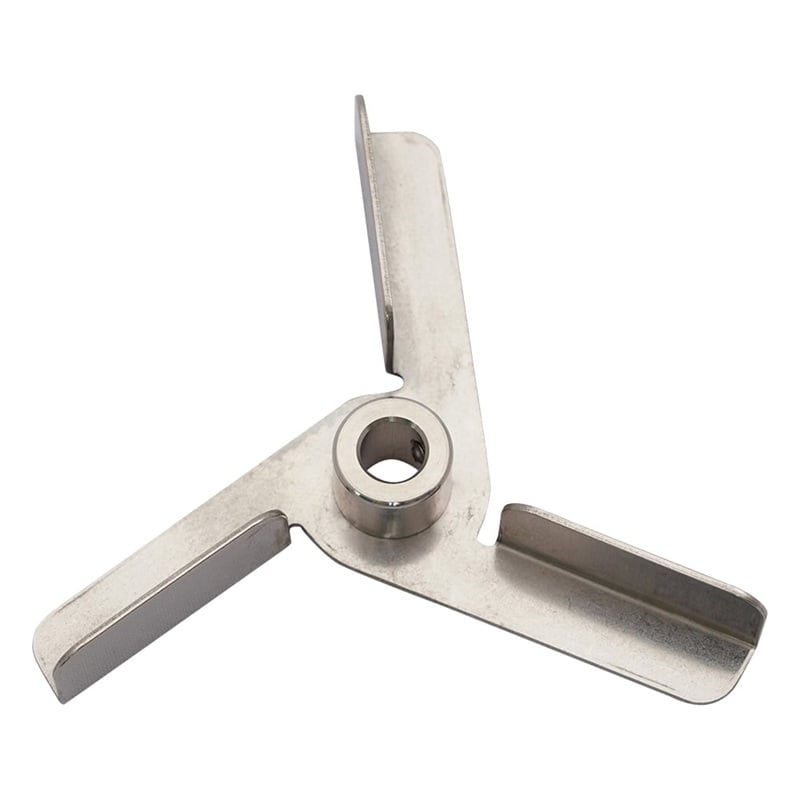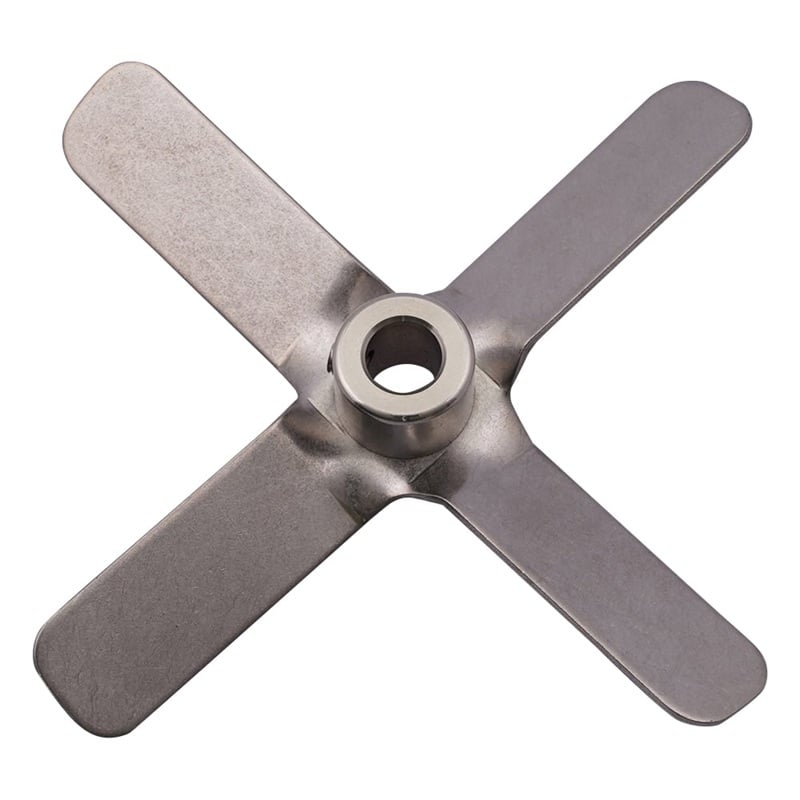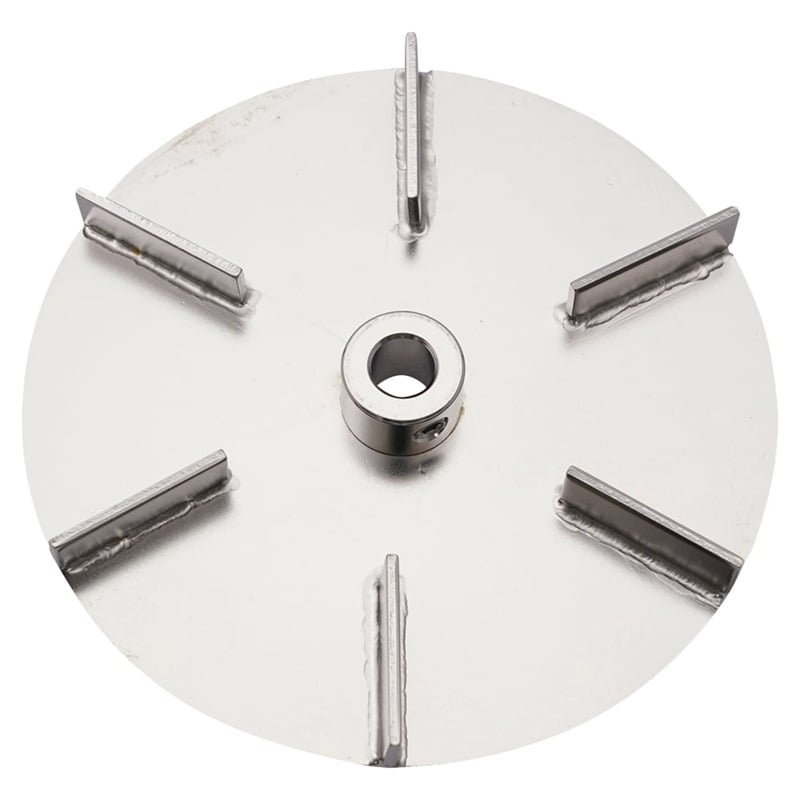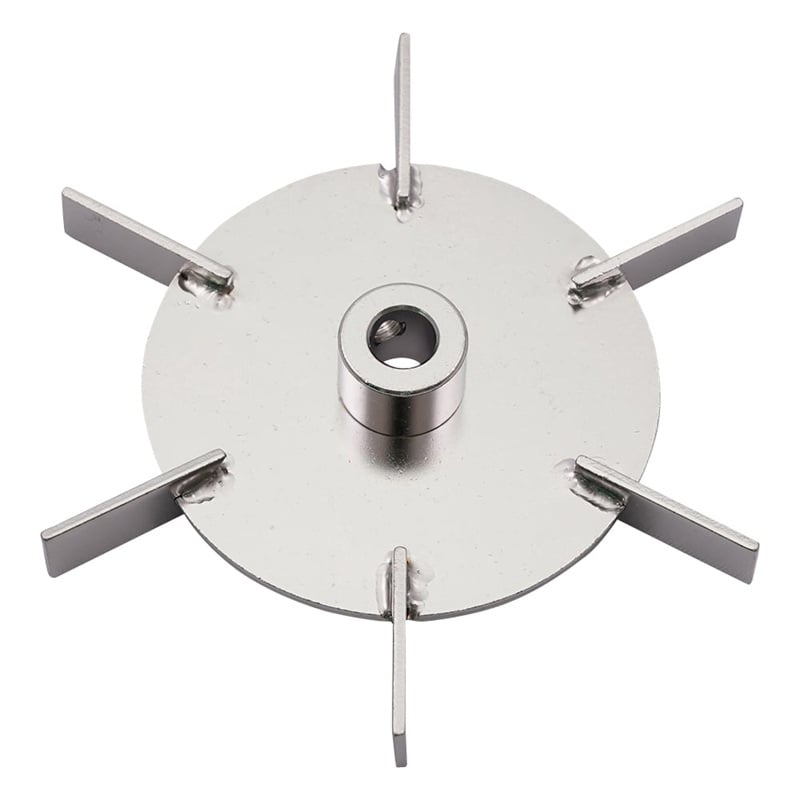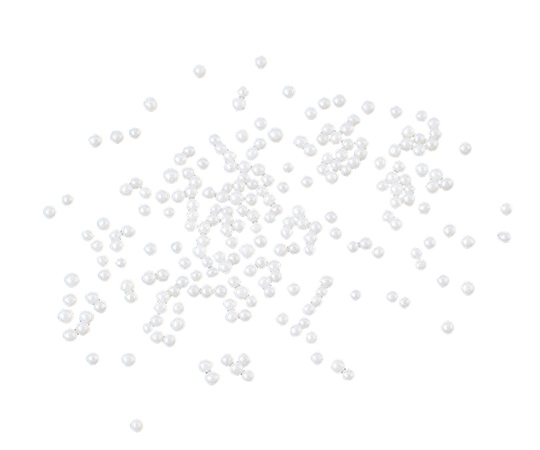
AS ONE 1-5988-08 CZY0200 Zirconia Ball CZY 0200 φ1.90 - 2.10mm
| Manufaturer: | AS ONE/ Others |
| Model: | CZY0200 |
*The above price is Standard Price, Kindly click on Request a quote ![]() to unlock the Best Price and Delivery Date - Check Availability. Our expert consulting team is always ready to assist you.
to unlock the Best Price and Delivery Date - Check Availability. Our expert consulting team is always ready to assist you.
*Order Process: 1. Request a quote ⇒ 2. Quote via Email ⇒ 3. Proforma Invoice ⇒ 4. Payment ⇒ 5. Delivery and Invoice.
*We deliver to your doorstep under DAP terms. Customs clearance is for your account.

*You can't find the product you need, please send us the picture/specifications/model/product code and quantity you need to email: [email protected]. We will find it for you.
*Review us here: Review Now
Description
- Model number: CZY 0200
- Material: Zirconia
- Diameter: φ1.90 - 2.10mm
- Chemical composition: ZrO2/94.5 +/- 0.2%, Y2O3/5 +/- 0.2%
- Density: 5.9g/mL
- HV Hardness: 1200kgf/mm2
- Capacity: 1kg
- Application: for automatic cars or the products with high density, high hardness such as paint, ink industry. /for horizontal mill, basket (ring) mill. /for the case contamination free from high abrasion resistance and the dust is required. /for manufacturing of spray in high compressive force, extremely small size.
-
Frequently Asked Questions about Zirconia Grinding Beads AS ONE 1-5988-08 (CZY0200), φ1.90 - 2.10mm:
1/ What are zirconia grinding beads?
Zirconia grinding beads are high-performance media made from high-purity zirconium oxide (ZrO₂) stabilized with yttria (Y₂O₃). They’re sintered into smooth, white-to-slightly-yellow spheres with excellent roundness, used to replace traditional beads like glass or alumina in precision grinding and dispersion processes.
2/ How do I determine the optimal filling amount of zirconia beads?
- Bead mill type and chamber volume: larger chambers require more beads
- Grinding material properties: higher hardness or viscosity calls for increased bead loading
- Desired fineness: finer target particle sizes often need a higher bead-to-material ratio
- Calculation method: fill ratio is usually expressed as a percentage of chamber volume (e.g., 60–80% filled) based on pilot tests and manufacturer guidelines
3/ Which mills are compatible with these beads?
- Vertical and horizontal bead mills
- Bottle (jar) mills
- Attritor (stirred ball) mills
- Ring and basket mills
4/ How should I clean and maintain zirconia beads?
- After each run, remove beads and rinse with water or an appropriate solvent (e.g., isopropanol, acetone)
- Inspect beads regularly for surface wear or cracks
- Screen out worn or fractured beads to prevent contamination
- Dry or bake beads thoroughly before storage in a clean, dry container
5/ What is their typical service life and can they be reused?
Under normal operating conditions, zirconia beads exhibit a wear rate of 10 - 30%. With proper cleaning and maintenance, they can often be reused across multiple cycles, offering service lives of 2 - 3 years before replacement is required .
6/ What applications are these beads best suited for?
- Ultrafine grinding and nano-dispersion of ceramic powders (e.g., alumina, magnesium oxide)
- Preparation of lithium-ion battery cathode materials (NCM, NCA, LFP)
- High-purity grinding in pharmaceuticals, cosmetics, and food
- Pigment dispersion for paints, inks, and coatings
- Electronic materials and precision ceramics manufacturing
7/ How do zirconia beads compare to glass beads?
- Density: ~6.0 g/cm³ vs. ~2.5 g/cm³ (glass)
- Hardness: significantly higher, yielding faster milling and finer particles
- Wear and contamination: zirconia shows lower wear and minimal bead-derived impurities
- Service life: zirconia beads last 2–3× longer than typical glass beads
8/ What safety precautions should be taken when handling zirconia beads?
- Wear gloves and dust masks to avoid inhalation of fine particles
- Avoid dropping or impacting the beads to prevent chipping
- Store in a sealed container to keep beads dry and free from dust

